A recent Facebook post asked “who has cool ideas for a new fundraising event?” The following thread included a zillion people offering their coolest, most innovative ideas (even though, grinch that I am, most of their ideas seemed kind of ‘been there, done that’, sorry folks). No matter how cool the event concept might be, events don’t really raise money. They raise LEADS. (Even when they do raise money.)
Events are over-rated, especially among small, start-up and grassroots nonprofits, because they cost a lot of money, energy, and hassle, with an uncertain return on investment. They get rained out. People who say they’ll show up, don’t. Staff and volunteers get burned out. And planning for the next event doesn’t even start until way too late to market it effectively. Talk about a vicious cycle.
 At the same time, especially among small, start-up and grassroots nonprofits, events are under-leveraged. There’s little to no follow-up. A donation receipt replaces personal progress reports and thank-you conversations. You hold the event, you count up the money, and then it’s business as usual – hectic. Attendees never convert to repeat donors, even if they buy a lot of swag at the auction.
At the same time, especially among small, start-up and grassroots nonprofits, events are under-leveraged. There’s little to no follow-up. A donation receipt replaces personal progress reports and thank-you conversations. You hold the event, you count up the money, and then it’s business as usual – hectic. Attendees never convert to repeat donors, even if they buy a lot of swag at the auction.
Events are a type of “arms-length” fundraising, a term coined by our friend Jason Lewis in his excellent book The War for Fundraising Talent, and How Small Shops Can Win. (Read this book!!) Arms-length fundraising can touch a lot of people, but fails to take the people “touched” to the level of personal engagement. Personal engagement – with a staff person, a board member, a volunteer – drives what you’re really looking for in your fundraising, namely exceptional levels of long-term giving.
Run your event. But remember that what happens AFTER the event can be even more important than the event itself. Here are five handy tips for following up with everyone who showed up. And you can even follow up with those who didn’t show up!
- Make sure to capture ALL CONTACT INFORMATION from every attendee. Use a good event-management system like EventBrite to capture RSVP’s and registration; also set up a sign-in table at the event itself. Get names, emails and phone numbers.
- Send personal messages to all attendees, in addition to those donation receipts. Handwritten notes are nice, but all that postage is expensive; use email if the budget is tight.
- Analyze the records you have on attendees. Figure out who’s attended or donated in the past, and who’s new.
- For current donors and attendees, shoot for a personal contact, by phone or in person. Thank them, give them an update on progress, invite them to a site visit, ask them questions about their personal motivations, interest in volunteering – go wherever the conversation leads.
- For first-time attendees, thank them for attending. Then find out why they attended, what they think about charity in general and your organization in particular.
- Take elaborate notes.
- Schedule a team meeting to discuss ways you can get to know them better, and cultivate them as donors.
Do NOT ask for money in these conversations!!! Report on progress,  thank them, ask for their feedback on your mission, your programs, and how those things are relevant to them. This is stewardship, which produces engagement.
thank them, ask for their feedback on your mission, your programs, and how those things are relevant to them. This is stewardship, which produces engagement.
Engaged donors give more, more often, and do other things to support you and your cause. Learn how to do this and see what happens.
Want to interact with others interested in managing fundraising for greater impact? Join our LinkedIn group Manage Fundraising for Impact!
{{cta(‘cc3b30b5-1922-4378-8b73-014458a94253’)}}
Are you a fundraising consultant who wants to improve your clients’ fundraising productivity? Join our LinkedIn group SMART Way Partners Hub!
{{cta(‘1fd03afd-d462-4292-a902-5f23139de67b’)}}

